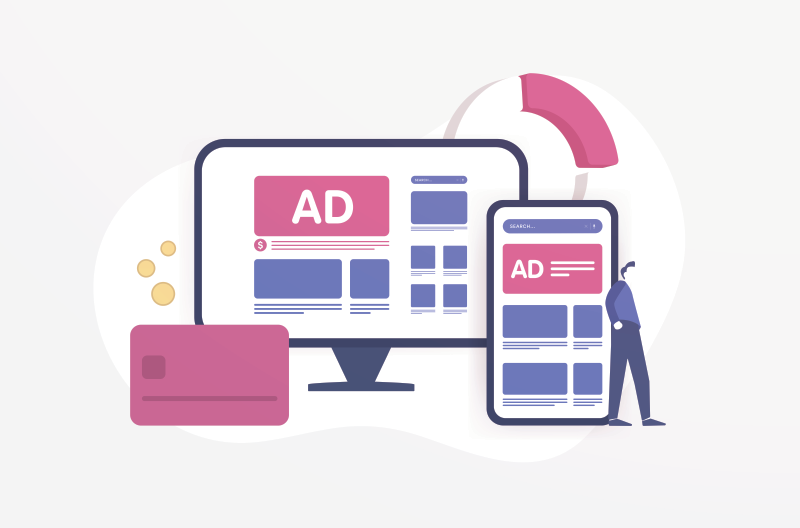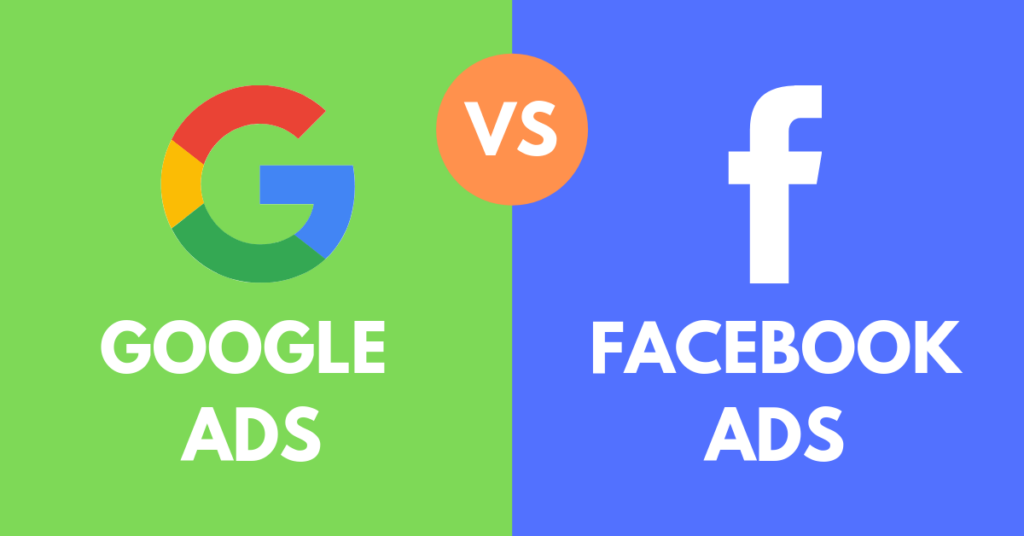Google Ads is a powerful tool for businesses to reach their target audience online, but using it effectively requires knowledge and accuracy. Unfortunately, both some advertising agencies and inexperienced businesses often make mistakes when using Google Ads that can significantly reduce campaign performance. Here’s an overview of the most common mistakes and suggestions on how to avoid them.
Typical mistakes and recommendations
Google Ads often makes mistakes in the creation and management of advertising campaigns that can affect the efficiency and effectiveness of the campaign.
Advertising agencies and inexperienced entrepreneurs alike can make mistakes, but fortunately most mistakes are avoidable if best practices are followed.
Below are the most common mistakes and suggestions on how to avoid them to make your Google Ads ads more successful. 10 common mistakes in Google Ads:
Inaccurate targeting options
Mistake: too broad or insufficient targeting leading to inefficient use of budget.
Solution: use Google Ads targeting wisely, including geo-targeting, demographic filters and interests.
Inadequate keywords and keyword research
Error: The choice of keywords is based on conjecture rather than thorough research.
Solution: do a thorough keyword analysis using Google Keyword Planner and other tools.
Incomplete advertising texts
Error: general advertising texts or incomplete call to action (CTA).
Solution: create targeted promotional texts with a clear call to action.
Inadequate budget allocation
Mistake: inefficient budget allocation.
Solution: Allocate your budget strategically, starting with smaller test campaigns.
Failure to monitor conversions
Error: Not using conversion tracking tools.
Solution: set up conversion tracking and use Google Analytics to measure results.
Use of visuals
Error: Failure to exploit the potential of visual content.
Solution: use high-quality, relevant visuals and videos that grab attention.
Use of advertising media
Error: not using advertising slogans.
Solution: use ad extensions such as contact info and site link extensions to improve CTR.
Use of negative keywords
Error: Not using negative keywords.
Solution: add negative keywords to exclude unwanted search queries.
Improving the quality basket
Error: Underestimation of quality score.
Solution: Optimise ad texts, landing pages and keyword relevance.
Choosing the right advertising campaign
Error: Inappropriate campaign type selection.
Solution: choose the type of campaign that matches your objectives and target audience.

5 practical examples of bad advertising
There are great examples in the world of advertising, as well as failures that provide lessons. Google Ads is no exception, where small errors can have a significant impact on campaign performance.
Here are five practical examples of bad adverts, with comments to help you understand why they didn’t work:
Advertising text too general
Example: an advert offering “The best gifts for every occasion!”
Comment: This kind of advertising is too general and does not target a specific audience or meet a specific need. It can be difficult for users to understand what exactly is being advertised and why they should click on that particular ad.
Inaccurate targeting
Example: an advertisement for men’s sports shoes appearing on a fitness website for women.
Comment: Inaccurate targeting leads to advertising reaching the wrong audience. In this case, the likelihood of the ad being clicked on is very low because it does not match the viewer’s interests.
A complex and confusing call to action
Example: an advertisement containing a CTA: “Get yours by signing up, downloading and following!”.
Comment: Too many steps in the call to action can confuse the visitor. Using a clear and simple CTA increases the likelihood that the user will take the desired step.
Absence of negative keywords
Example: a children’s store that uses the keyword “toys” but does not include negative keywords such as “adults”.
Comment: Without negative keywords, the ad may appear in searches that are not relevant to the target audience. This leads to waste of budget and reduces the overall effectiveness of the campaign.
Low quality score
Example: an ad that redirects the user to an unrelated landing page.
Comment: If an advertisement takes the user to a page that does not match the search query or the content of the advertisement, this will negatively affect the quality score. A low quality score means higher costs and lower placement in advertising.
Illustrative example of a promotional visual
Before you go any further, make your own bet – guess what service this ad offers? 😄 “Look at the picture”
It’s a given: a strikingly beautiful image, a compelling call to action, a few words here and there.
Comment: a confusing puzzle! Is it an advertisement for a luxury apartment, designer furniture or perhaps new parquet flooring? Who would bother to click on this ad? Perhaps those who are simply driven by curiosity, but certainly not those who are actually being targeted. And is there a specific target group in mind? Just think how much advertising budget can be wiped out by such a mess.
Solution: advertising must be like a well-conducted symphony – every note and pause in place. There must be an attractive and contextual image, the text of the ad must be sufficiently informative (respecting the ad’s length limits) and the call to action must be clear and elicit the desired action.
Oh, I almost forgot – we are talking about an accounting firm 🙂
A new approach: imagine an advertisement with a wonderful image that grabs your attention from the first glance: a calculator and an elegant pen, both placed on a shiny table next to a euro sign drawn in fine buttermilk foam. The text says: “Know the power of your numbers.” And underneath the call to action: ‘Discover how our accounting services can take your business to the next level. Find out more now!”
The new approach leaves no room for confusion. It’s targeted, it’s clear and it’s appealing. Not only will it attract the right target audience, but it will also let them know straight away what they are getting – a professional accounting service that brings clarity and growth to their business.

See also our basic services:
- Google advertising
- Facebook advertising
- Seo service, search engine optimisation
- Social media marketing
- Seo service
- Seo audit
- Technical SEO
- Local SEO
- E-commerce SEO
- On-page SEO (On-Page SEO)
- Off-page SEO (Off-Page SEO)
- Creating backlinks
- Page speed optimisation
- Seo keyword analysis
- Content creation and SEO optimisation
- Competitor analysis
- SEO consultations



